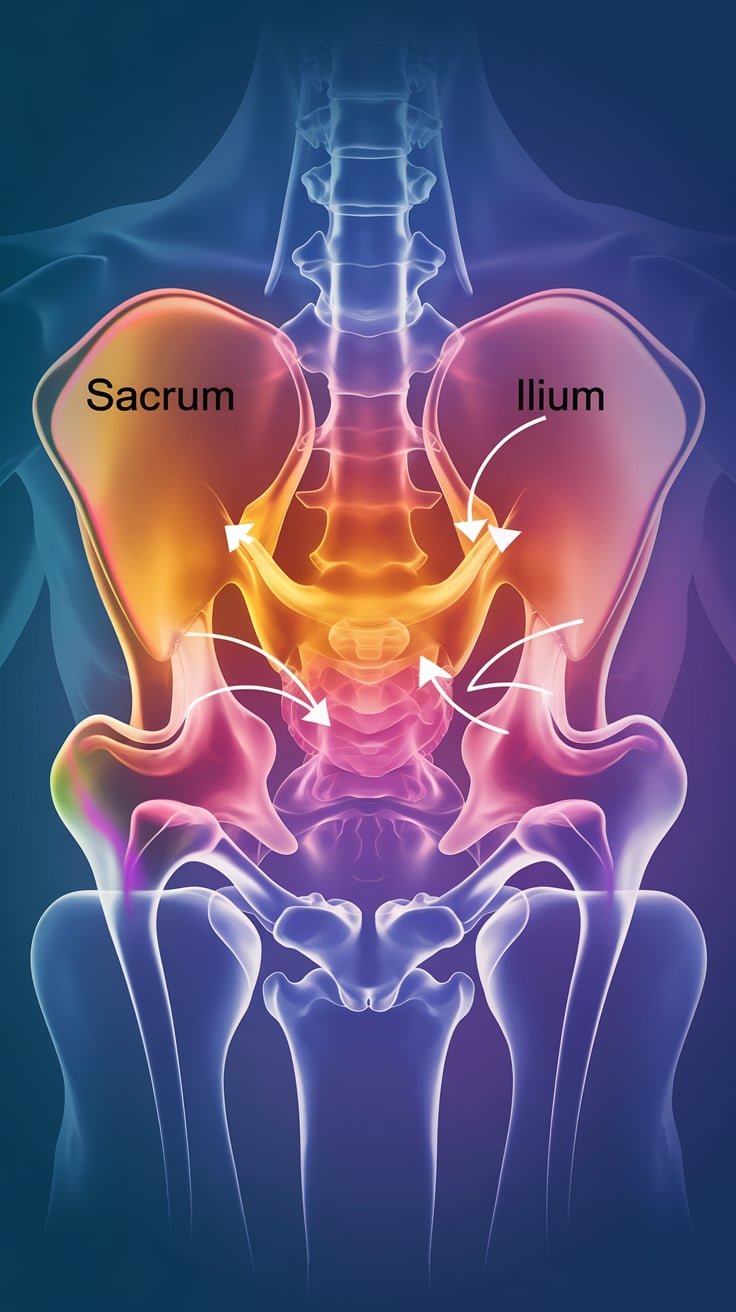
What are the Common Symptoms of Sacroiliitis?
-
Lower Back Pain: Pain that feels deep and sharp, especially around the lower spine.
-
Buttock Pain: A dull ache or sharp sensation radiating to one or both buttocks.
-
Leg Discomfort: Pain or numbness that may extend down the thighs.
-
Worsened by Activity: Activities like climbing stairs, standing for long periods, or running may make the pain worse.
-
Morning Stiffness: The joints often feel stiff and painful upon waking but may ease with movement.
What Causes Sacroiliitis?
-
Injury or Trauma: Accidents or falls can injure the sacroiliac joints.
-
Arthritis: Conditions like ankylosing spondylitisor osteoarthritis can lead to inflammation.
-
Infection: Rarely, infections in the SI joints can cause sacroiliitis.
-
Pregnancy: The added weight and hormone changes can strain the SI joints.
-
Repetitive Stress: Activities or jobs that put repeated stress on the joints, such as heavy lifting or prolonged standing, may contribute.
How is Sacroiliitis Diagnosed?
A diagnosis starts with a detailed medical history and physical examination. Doctors may check for tenderness in the sacroiliac joints and assess how movement affects your pain. The following tests can help confirm the condition:
-
X-rays: To identify joint damage or inflammation.
-
MRI or CT Scans: To provide detailed images of the joints and rule out other causes of pain.
-
Blood Tests: To check for underlying arthritis or infection.
-
Diagnostic Injections: A local anesthetic may be injected into the joint; if the pain improves, it confirms sacroiliitis.


